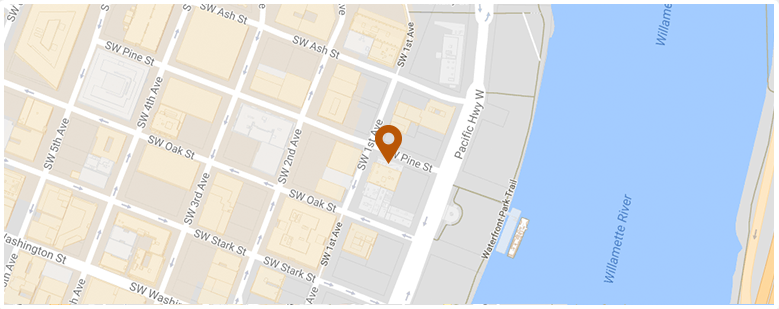Over a two-week period earlier this month five pedestrians were killed on Portland’s streets, an extraordinary number for such a short period of time. One other pedestrian and three motorists had also died in Portland during the first 10 weeks of 2018, according to The Oregonian.
The newspaper quoted the city’s transportation director describing the middle of March as “an awful two weeks,” but also said she “remains hopeful Portland is making progress on improving safety for pedestrians, cyclists and motorists.” She added that the recent spate of deaths “doesn’t discourage us and the work that we’re trying to do.” The paper quoted a representative from a local advocacy group arguing that the deaths showed the need for greater, and faster, investment in safety infrastructure.
Indeed, there is a strong argument to be made that the recent pedestrian deaths in our city make Vision Zero and other safety programs even more important than ever. As I have written in earlier posts, Vision Zero is a program that strives to make the city safer for everyone, whether they are walking, riding a bike or driving a car or truck.
“The campaign is intended to eliminate all traffic fatalities by 2025. According to the city’s Vision Zero action plan, and average of 36 people have died each of the past 20 years on Portland streets,” according to the newspaper.
As a Portland attorney whose practice has long focused on the safety of pedestrians and cyclists I am pleased to see that this series of tragedies has spurred local officials to work harder. It is easy to despair continued deaths and injuries, but the Vision Zero plan clearly recognizes that eliminating street deaths is a task that will take many years. It is also important to remember that our courts have a significant role to play in ensuring that people who do drive recklessly or while under the influence of alcohol or drugs are held properly accountable for their actions.
Oregon’s traffic laws demand that vehicles be operated safely, and place a responsibility on every driver to take appropriate care at all times. A key provision of Oregon law are ORS 811.100, which requires that vehicles keep to a “reasonable and prudent” speed. This is important because a common misconception is that it is always permissible to drive at any speed up to the posted limit. As ORS 811.100 makes clear this is not true. Driving in a “reasonable and prudent” way also means being aware of weather, visibility, traffic and road conditions and acting accordingly. When combined with ORS 811.005 (“Duty to exercise due care”) the two statutes make it clear that responsible driving involves more than just following the posted rules of the road. It requires drivers to be responsible and careful – and makes it clear that people failing to do so will be held accountable for their actions.
The good news is that many of the most basic elements of Vision Zero are easy for the city to implement and easy for drivers to observe. For the city’s part this involves lower speed limits in residential areas, better street signs and street markings and, in the longer term, infrastructure changes such as bike paths. For everyone behind the wheel it involves taking greater care to observe speed limits and maintain proper awareness of your surroundings.
The Oregonian: 5 pedestrian deaths ‘awful,’ but Portland transportation leader says city not discouraged
The Oregonian: Pedestrian killed on Sandy Boulevard identified as Portland man, 20
Portland Bureau of Transportation: Vision Zero
 Oregon Injury Lawyer Blog
Oregon Injury Lawyer Blog


